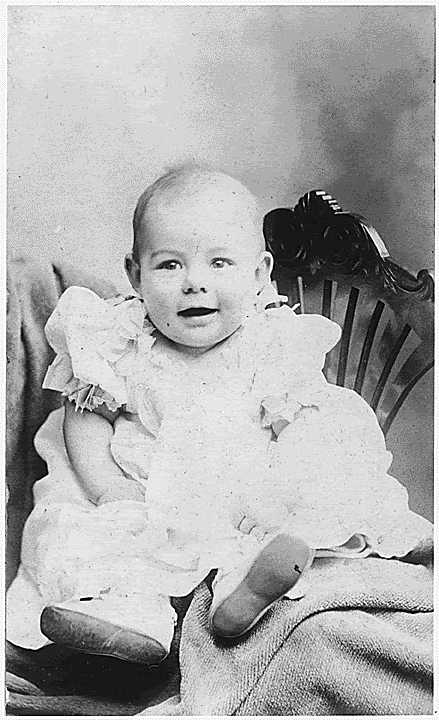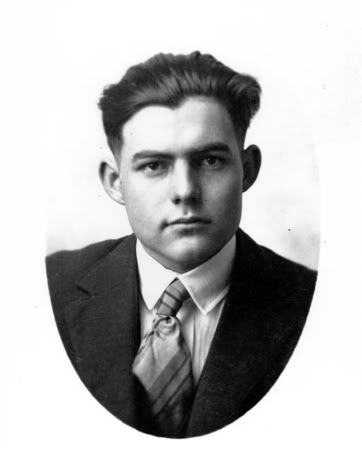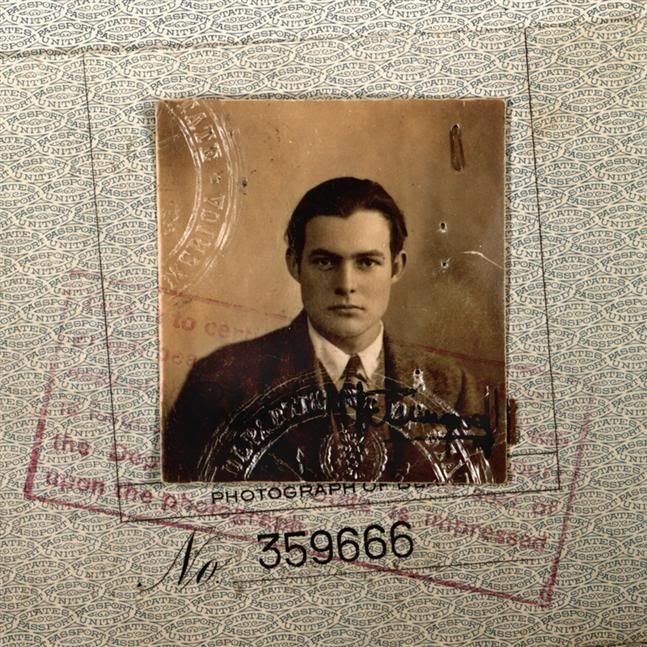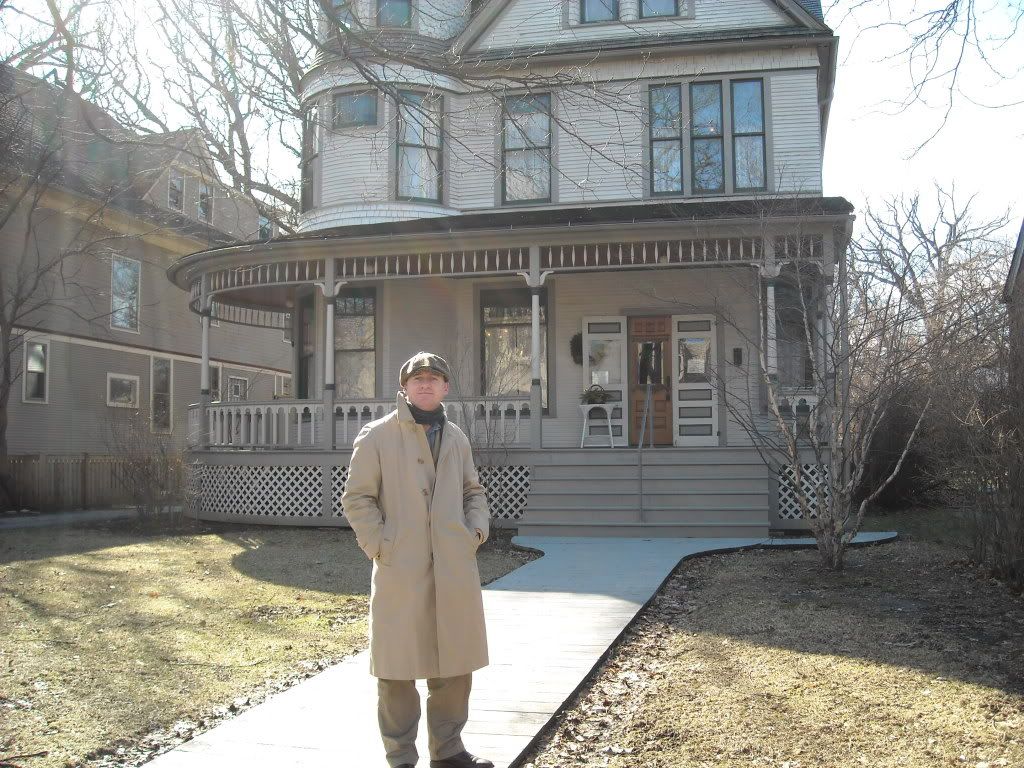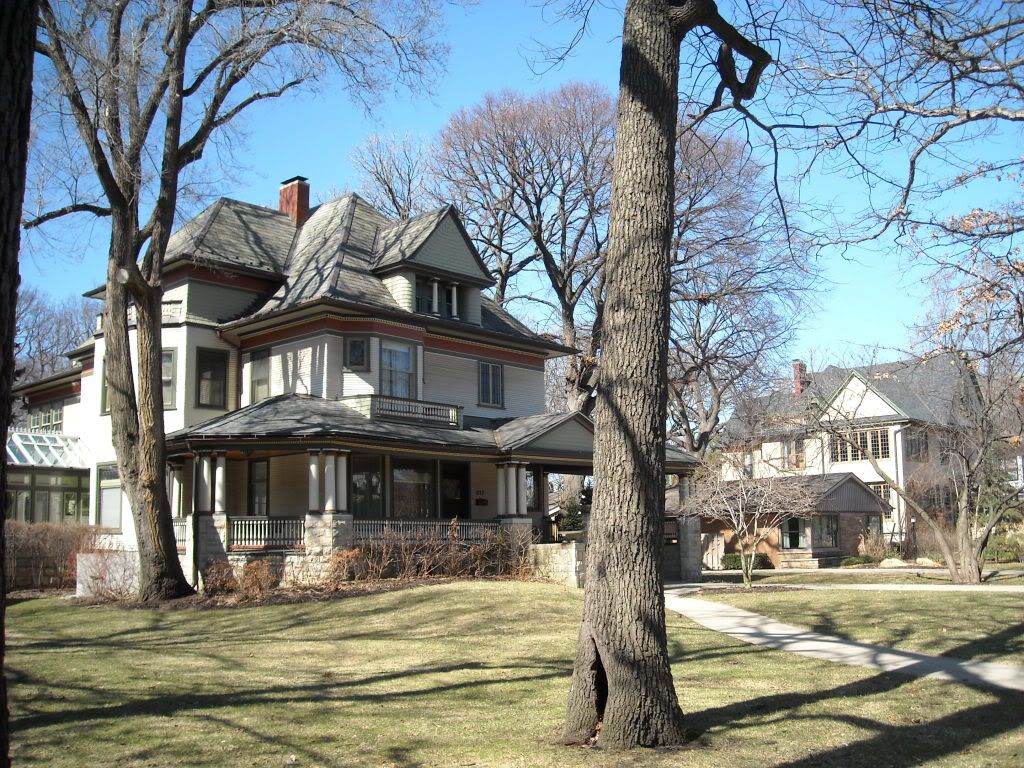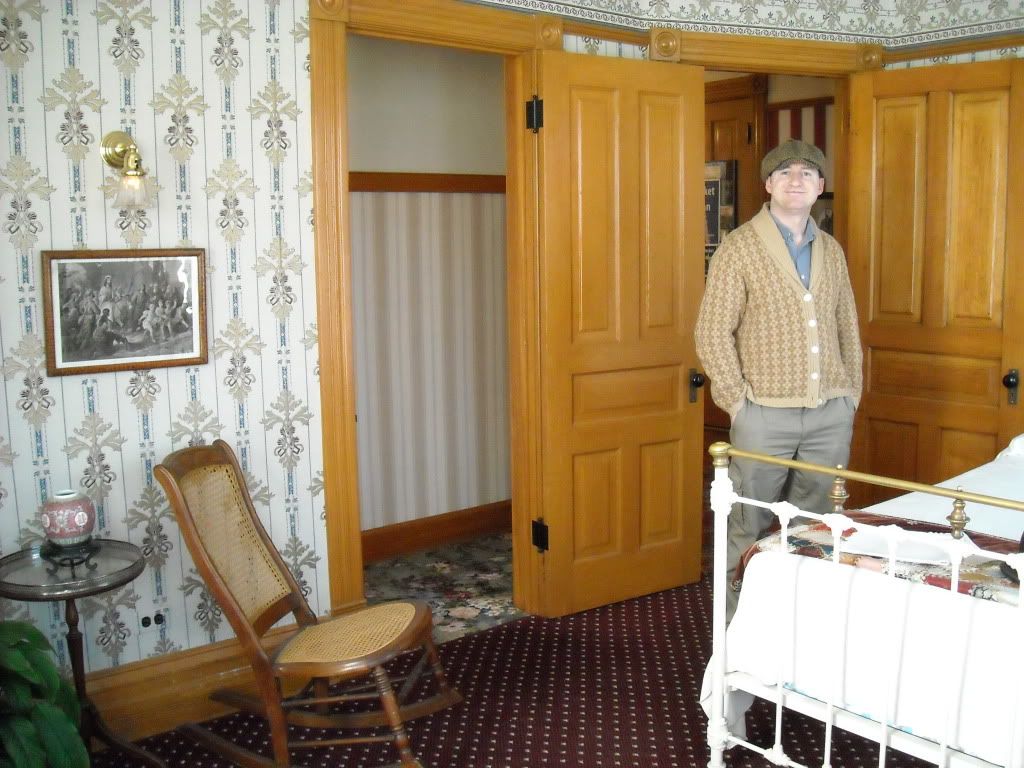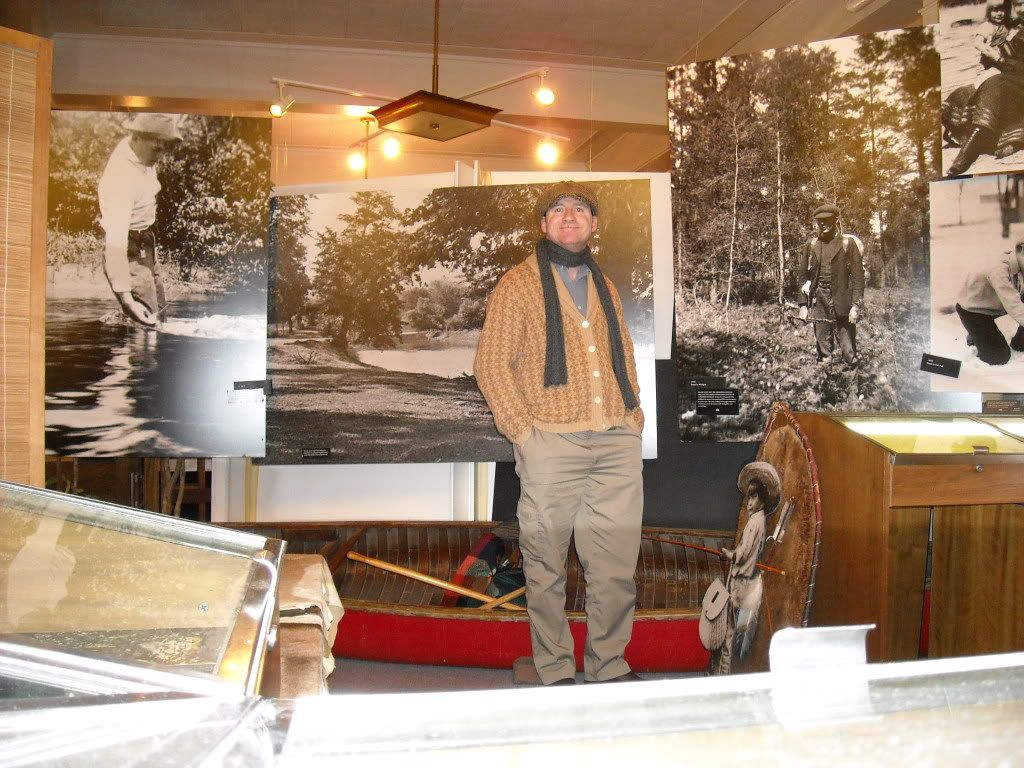Martinis at 8
Practically Family
- Messages
- 710
- Location
- Houston
HadleyH said:I understand what you are saying, but that is a strange sort of love in my opinion ...Anyway, back to Hem...
I think much of this is explained in Death in the Afternoon. While most folks focus on his novels, this particular non-fiction work, I opine, reveals more of his character. He just comes right out and says things without us having to infer from some novel's passage about a deeper meaning whereby we are probably incorrect. If you have not read it, I do recommend it even though the topic itself you may not like. I think some of his evaluations of the various bullfighters are very interesting. The book also provides a good historical glimpse of bullfighting at the time, which is different from what is seen in the bullring today.
On the topic itself, it's tragic that even if the bull wins the fight, he still gets slaughtered out back. This is to keep the bull owner from fighting the bull again. The bulls are actually very smart. Once they have been in the ring with a matador a Round 2 would prove fatal to the next matador. No, they are not retired out to pasture or kept for breeding if they win the contest with the matador.
Bloodless bullfighting, as I mentioned above, is done in South Texas at the Santa Maria bullring in La Gloria (close to the Tex-Mex border). They also run a school there. With venues like this, one can see the art and sport that Hem appreciated without the kill. In addition, amateur bullfighting is done routinely on bull ranches in Mexico, Spain, etc. These are also bloodless and are used to test the bloodlines of the bull by doing non-kill "tientas" of the proposed fighting bull's siblings. The rule is that a bull that enters a death match should not have ever been in a bullring beforehand, so siblings are tested instead to ensure that the bull going into the ring will be worthy.
So how do you feel about pre-Colombian Mayan soccer?





